Four
CHURCHES, SCHOOLS, AND RESIDENCES
This chapter covers the non-commercial structures in Santa Rosa, which proved to be the most challenging to research. The churches were easy to locate from old directories, though names did change, but most are no longer standing. Remodeling and rebuilding have made many changes to most Santa Rosa residential neighborhoods, making some of the private residences nearly impossible to locate. The schools portrayed in this chapter seemed to have best withstood the changes of time. The photocards of the private residences really show a more genteel era in Santa Rosa. From the large residences of McDonald Avenue to the smaller homes on Cherry Street, the photographs show families very proud of their well-kept houses and streets.

MCDONALD AVENUE, C. 1915. McDonald Avenue has always been one of Santa Rosa’s most prominent residential streets. Many of these stately homes, built in the late 1870s, stand today.

THREE EARLY SANTA ROSA CHURCHES, C. 1905. The Christian Church was located on Ross Street near B Street. The Methodist Episcopal Church, built in 1894, was located at 905 Mendocino Avenue; its remodeled building is now St. Luke Evangelical Lutheran. The Presbyterian Church was on the corner of Johnson and Humboldt Streets.
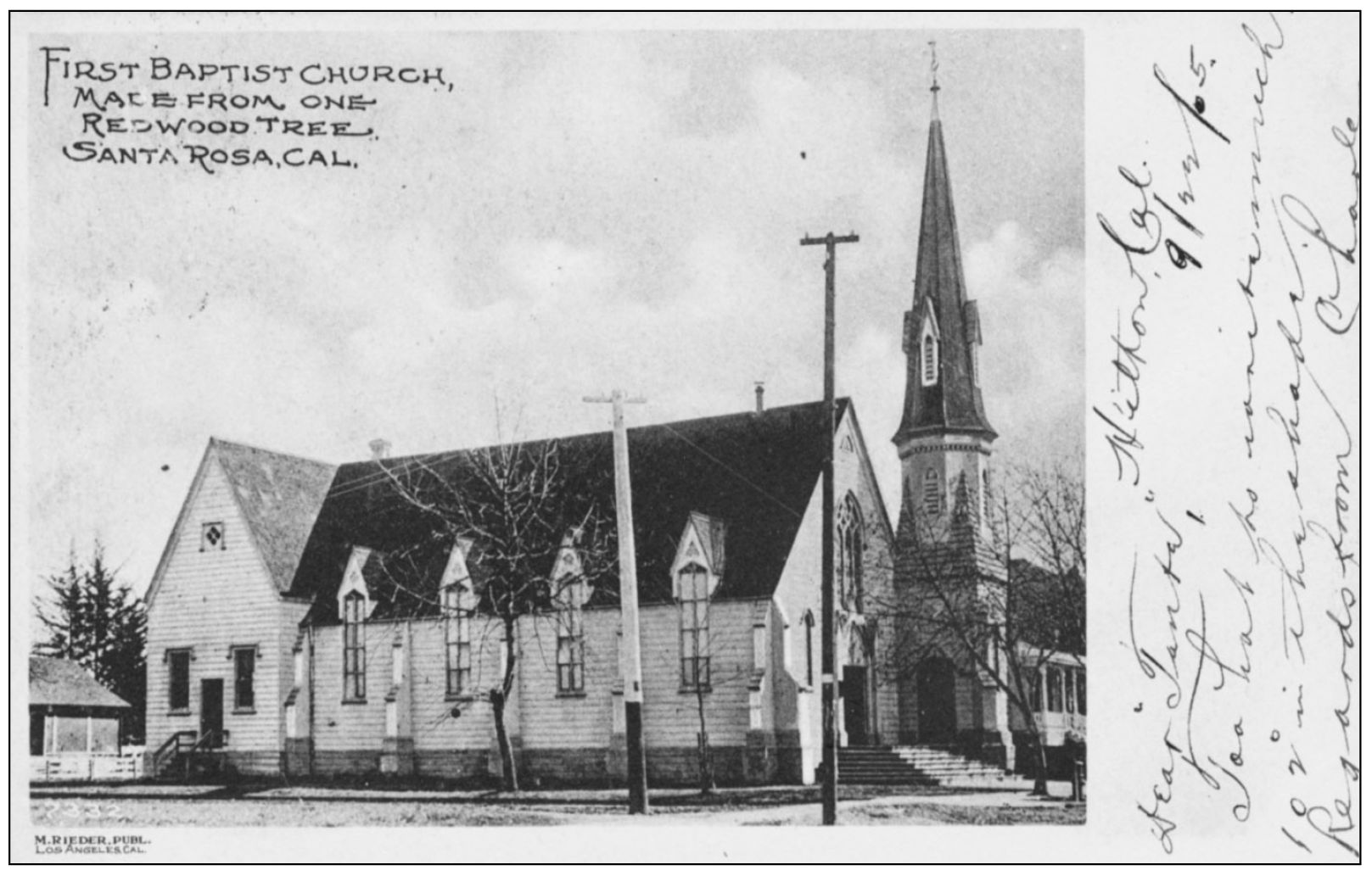
FIRST BAPTIST CHURCH, C. 1905. The First Baptist Church was built in 1874 of lumber taken from one redwood tree, giving it the nickname, “The Church of One Tree.” It was originally located at Ross and B Streets.
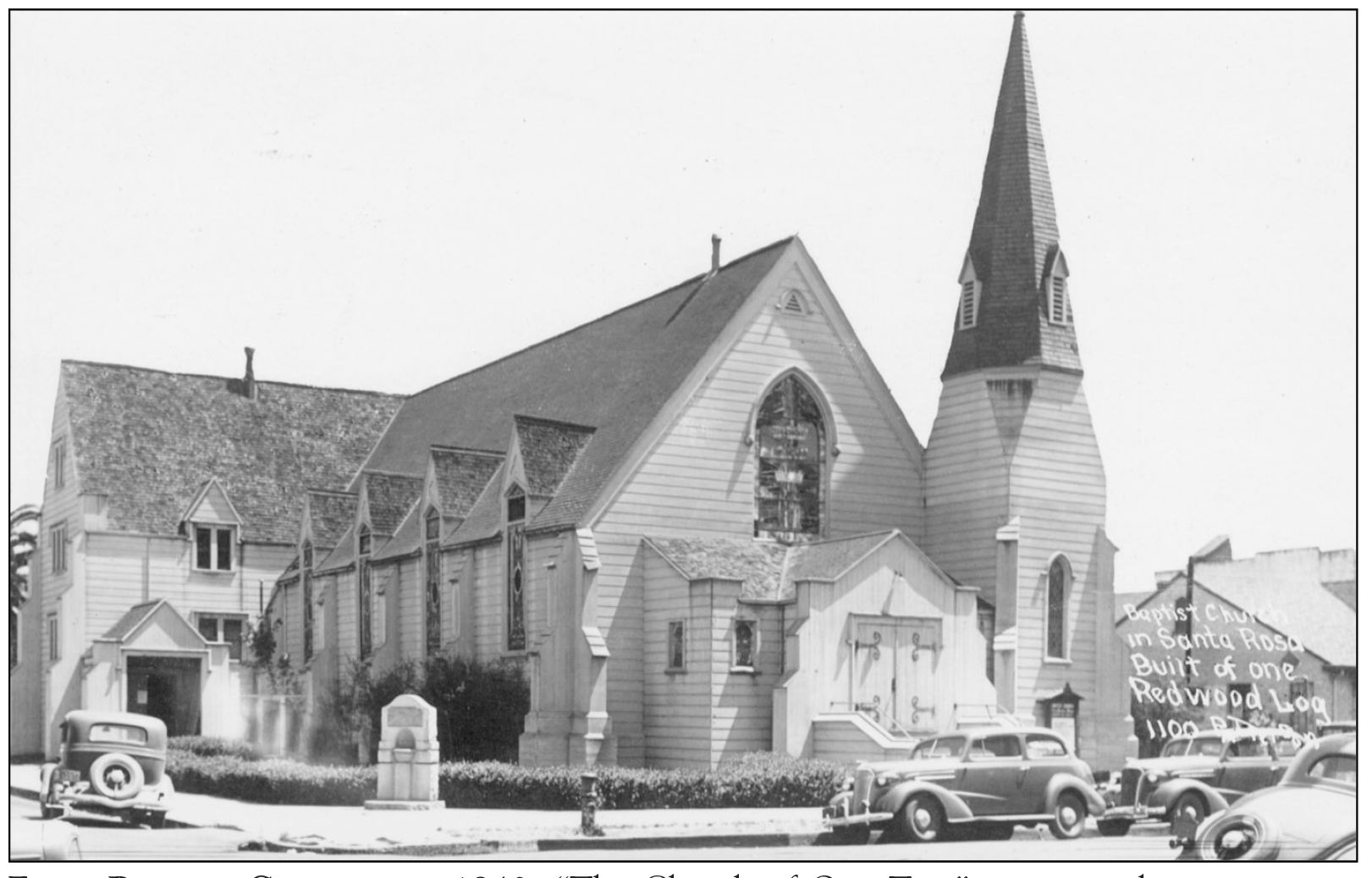
FIRST BAPTIST CHURCH, C. 1940. “The Church of One Tree” was moved to its present location at 488 Sonoma Avenue in 1959. Local cartoonist Robert Ripley made this church famous in his syndicated column, “Ripley’s Believe It or Not.”
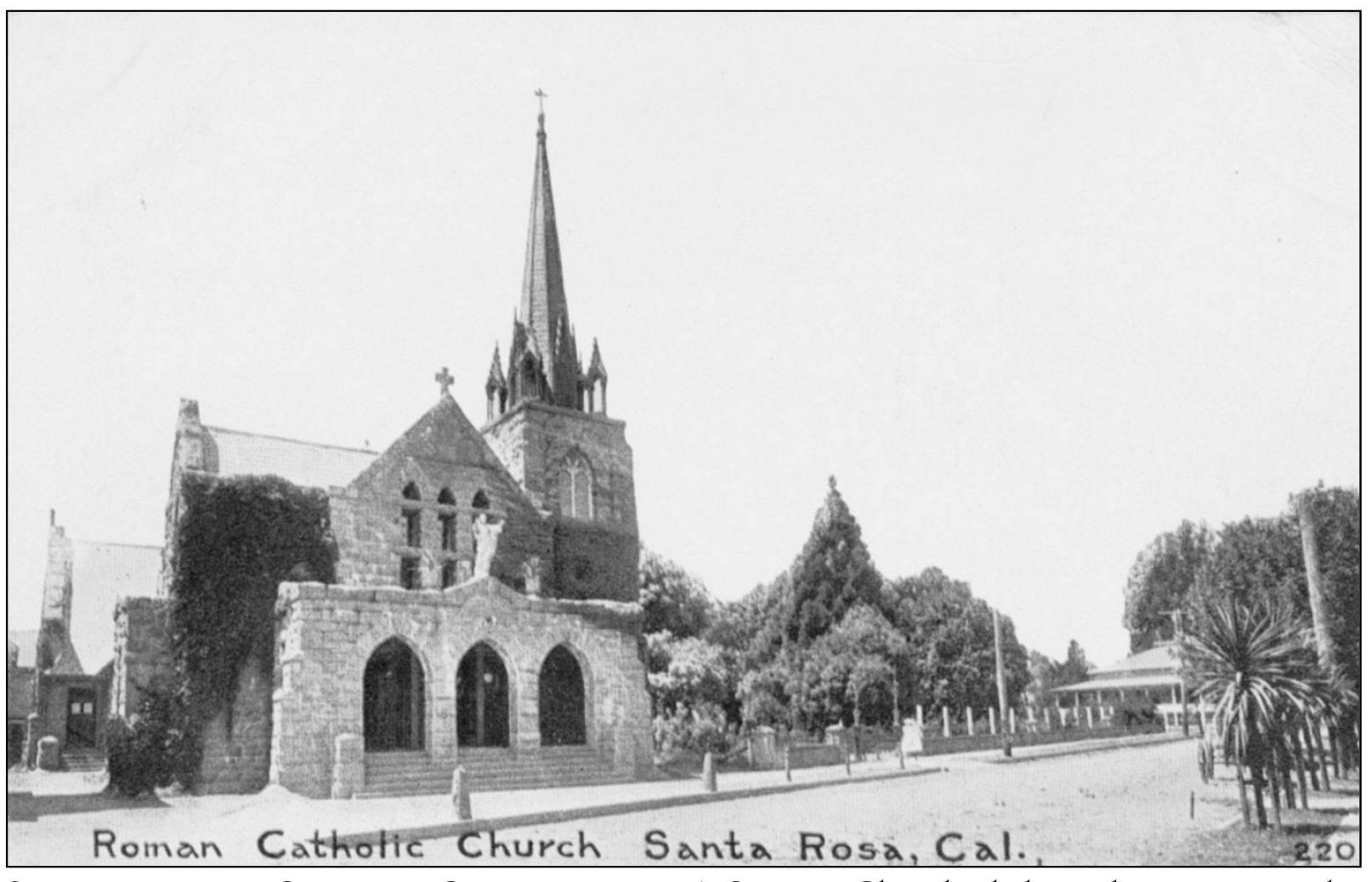
ST. ROSE ROMAN CATHOLIC CHURCH, C. 1915. St. Rose Church, dedicated in 1900, was the first stone structure in Santa Rosa. The steeple shown in this postcard withstood the 1906 earthquake, but is gone today.

EPISCOPAL CHURCH, C. 1910. The Church of the Incarnation was built in 1873 at 550 Mendocino Avenue. This beautifully maintained structure is still an active church today.

TWO EARLY SANTA ROSA CHURCHES, C. 1905. The First Methodist Episcopal Church was located on the corner of Fifth and Orchard Streets, and the Congregational Church was on E Street between Third and Fourth Streets.
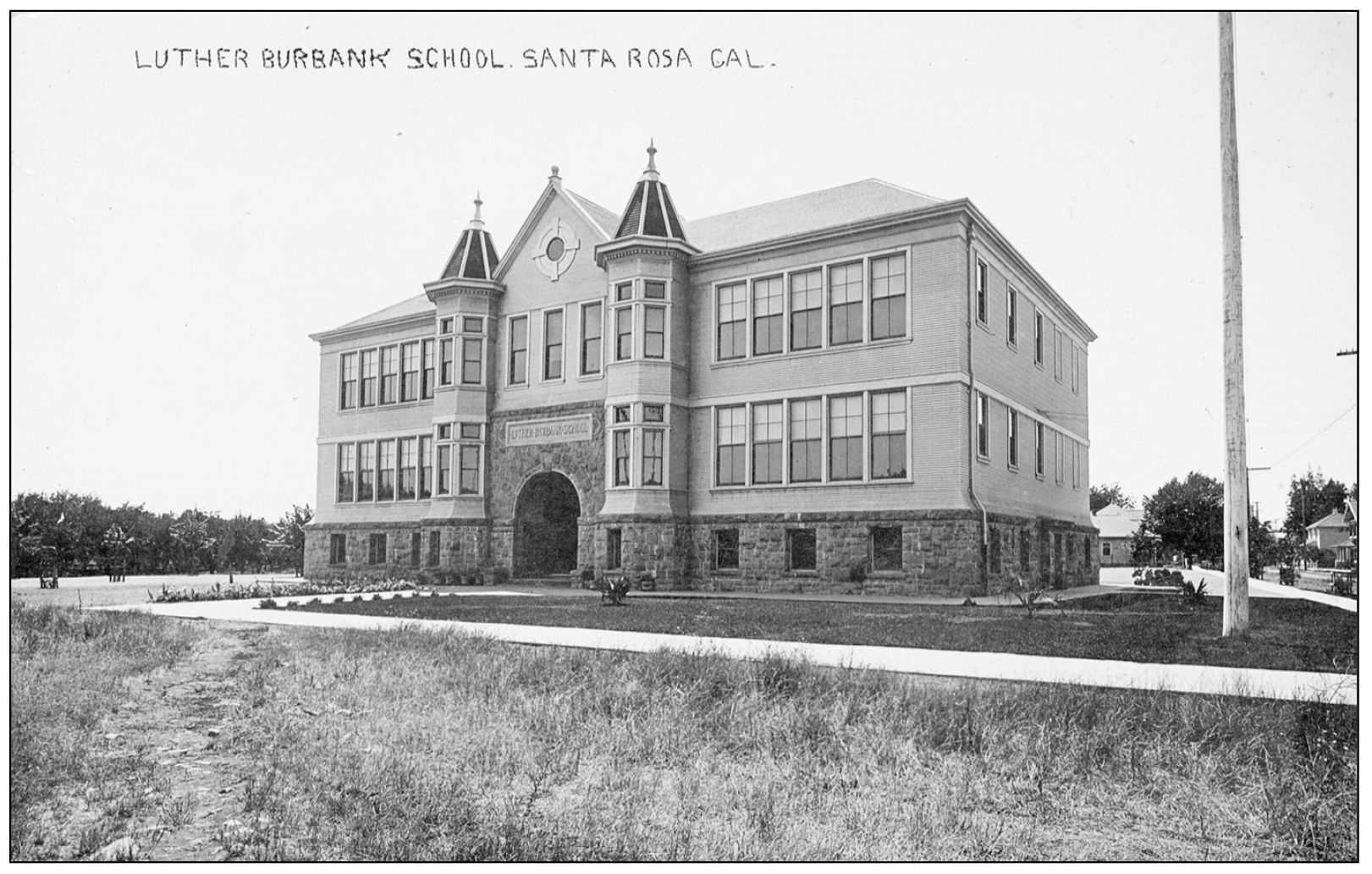
LUTHER BURBANK SCHOOL, C. 1910. This postcard photo shows Burbank School as it was when built in 1907 at South A and Ellis Streets. The school still operates today on the same site but in a building constructed in the 1940s.

FREMONT SCHOOL, C. 1940. The original Fremont School was built at Fourth and North Streets. This grammar school at College Avenue and E Street is now home to the Santa Rosa Middle School.

SANTA ROSA HIGH SCHOOL, C. 1905. The first Santa Rosa High School was completed in 1895 and was located on Humboldt Street between College Avenue and Benton Street. On this postcard, Edna writes, “This dear old place.”

SANTA ROSA HIGH SCHOOL, C. 1925. This stately structure at 1141 Mendocino Avenue was built in 1924, after a fire destroyed the original high school in 1921.

SANTA ROSA JUNIOR COLLEGE, C. 1940. Analy Hall, shown in this photocard, was completed on the Santa Rosa Junior College campus in 1940. This college is located at 1501 Mendocino Avenue.

SANTA ROSA BUSINESS COLLEGE, 1912. This local college was located on Ross near Mendocino Avenue. On his postcard, President J.S. Sweet assures us that the books, the courses of study, and the teachers at his facility are the best that can be found.
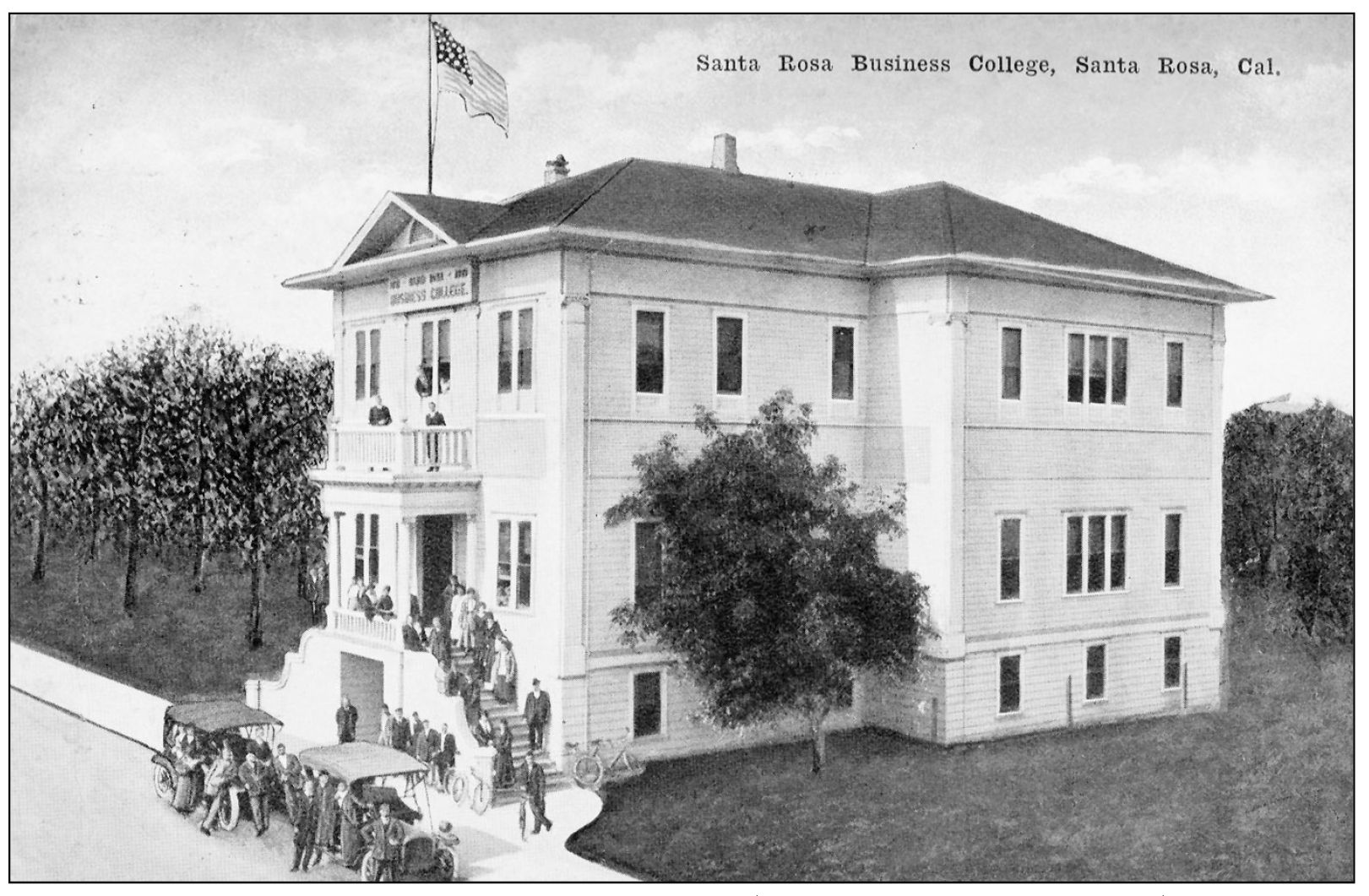
SANTA ROSA BUSINESS COLLEGE, 1910. President Sweet, consistent in his quest for new students, writes to Eugene Carrillo in Sebastopol, “Do not fail to be with us at the opening of the fall term, September 4. We want 200 graduates qualified to fill good positions the coming year.”
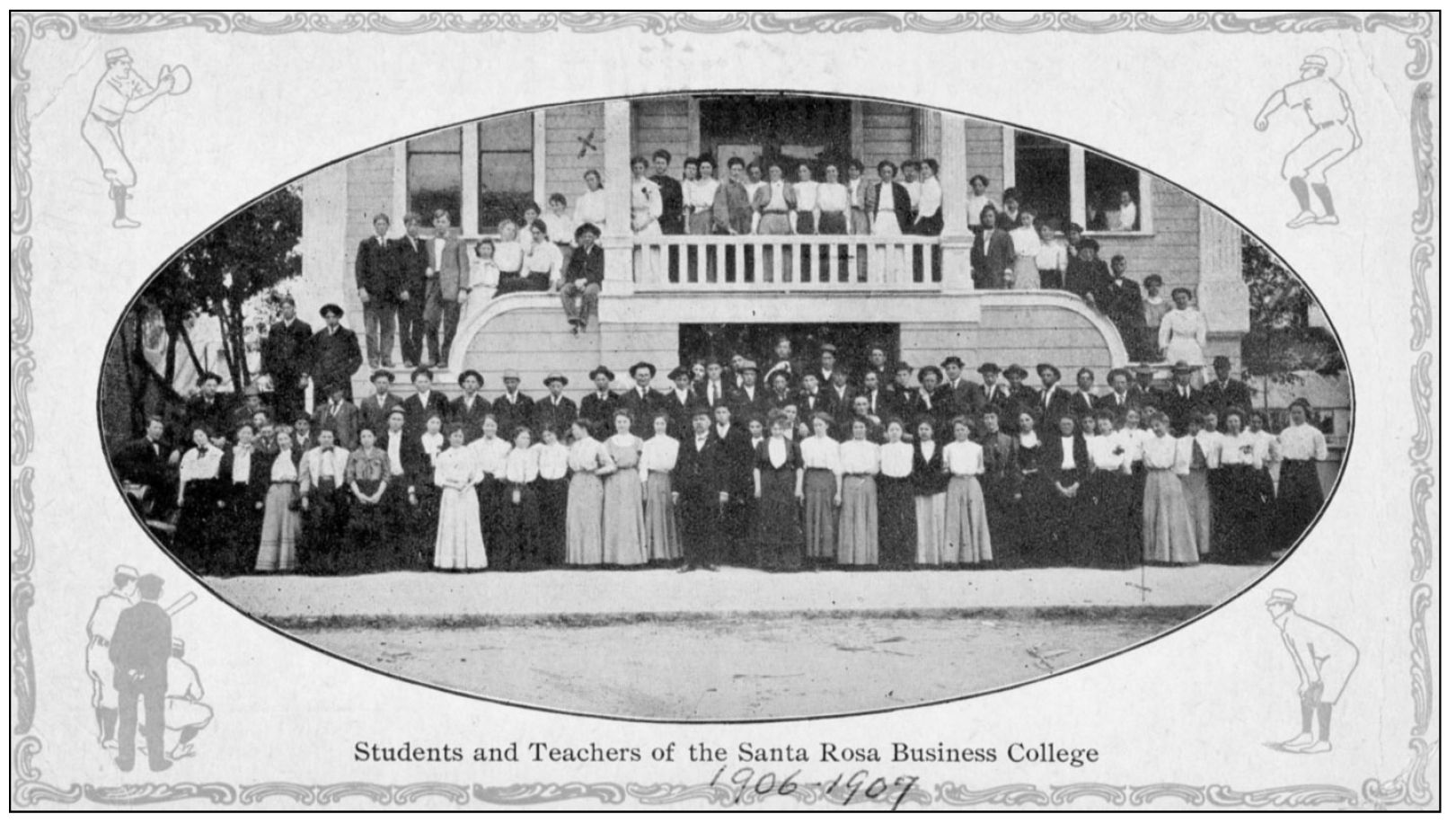
STUDENTS AND TEACHERS AT SRBC, 1906. What is amusing about this postcard are the graphics on the four corners—all sketches of baseball players! Did they know even then that baseball was big business?
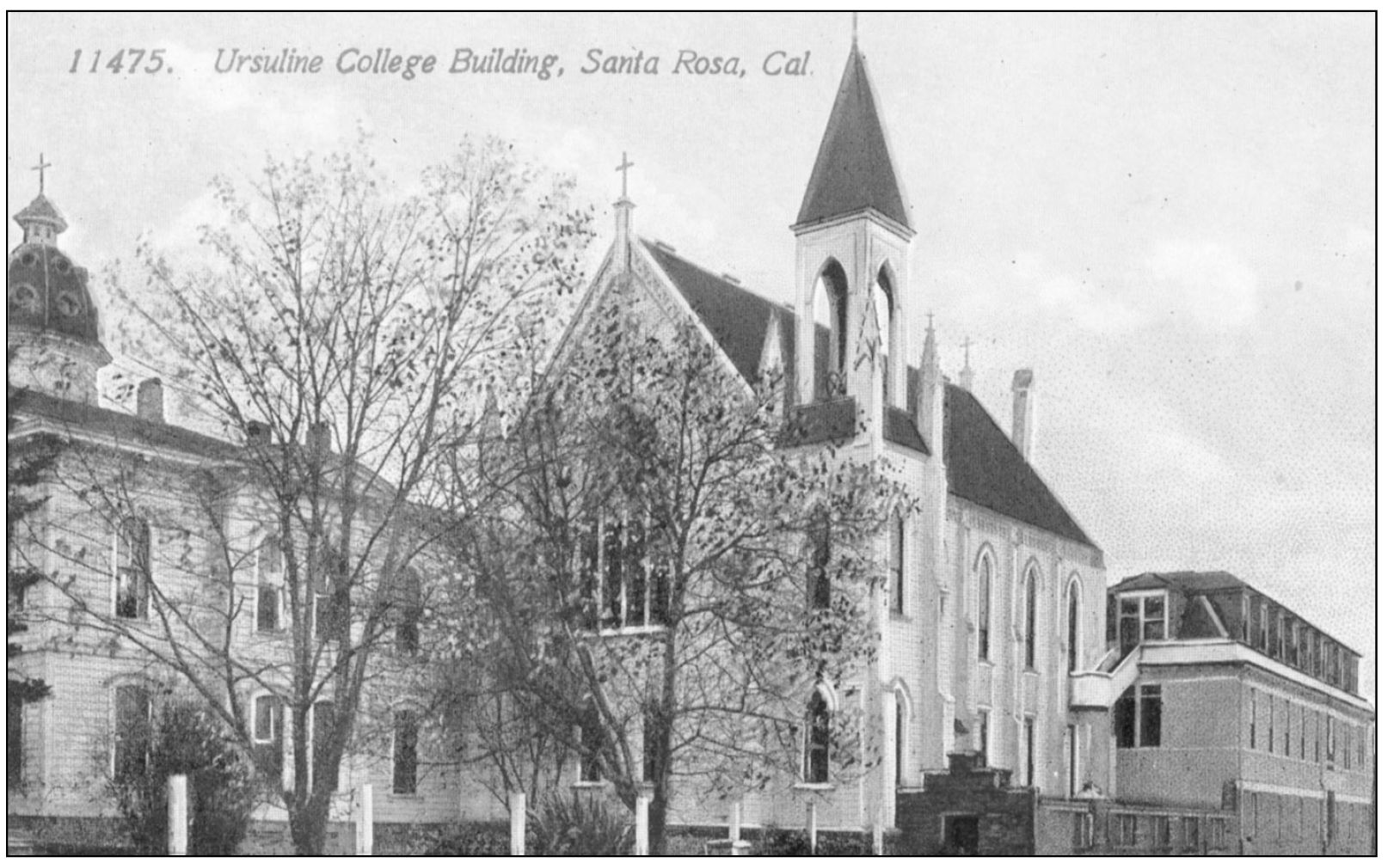
URSULINE COLLEGE BUILDING, C. 1912. A liberal arts college was chartered in 1901 by the Sisters of St. Ursula, and degrees continued to be offered until 1936.
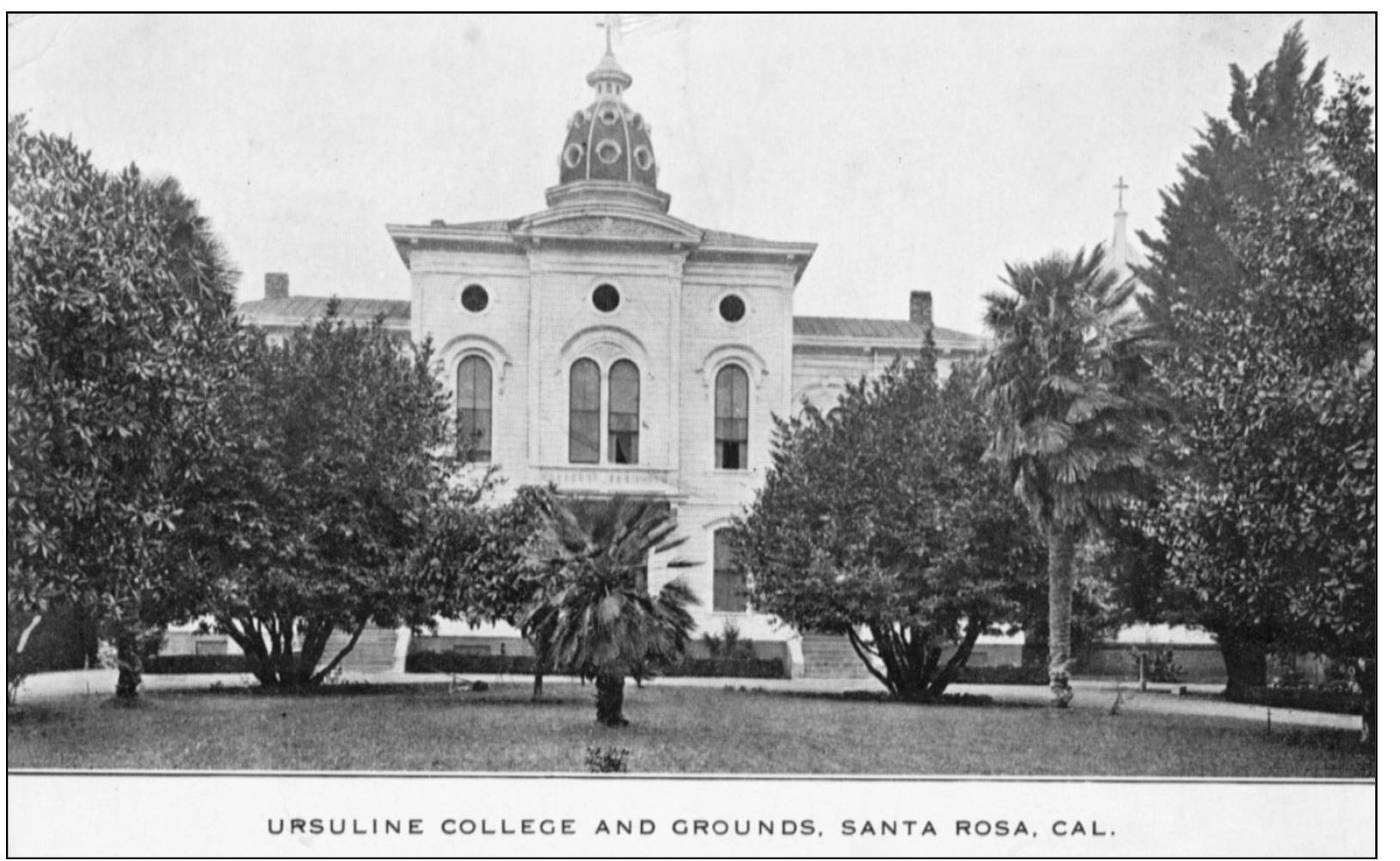
URSULINE COLLEGE AND GROUNDS, C. 1920. The college, located at Tenth and B Streets, was advertised as 57 miles north of San Francisco, where “Santa Rosa’s climate is proverbial for healthfulness.” The mode of dress for uniforms was a black suit for week days and navy blue for Sundays. Both could be ordered from Dibble’s Department Store on Fourth Street. Also, a tennis racket was optional—one might prefer instead to bowl in the facility’s alley.
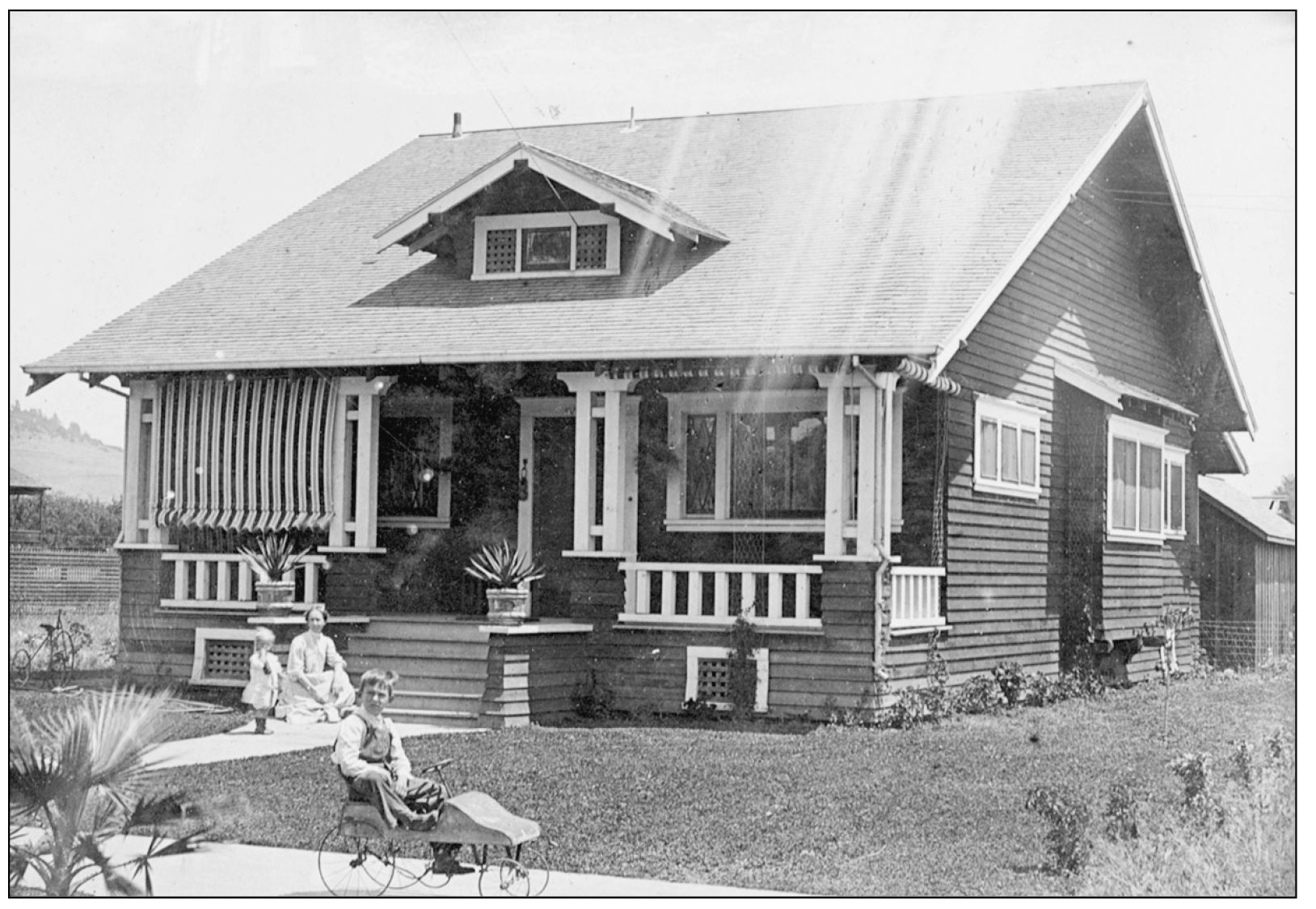
HOMES, C. 1910. There are many photocards of families posed in front of their homes in Santa Rosa. Homes were a great source of pride and joy to their owners. The top card shows an address of 725 Monroe Street, but the house is now remodeled. The house shown in the bottom card may have been located on Hoen Avenue.
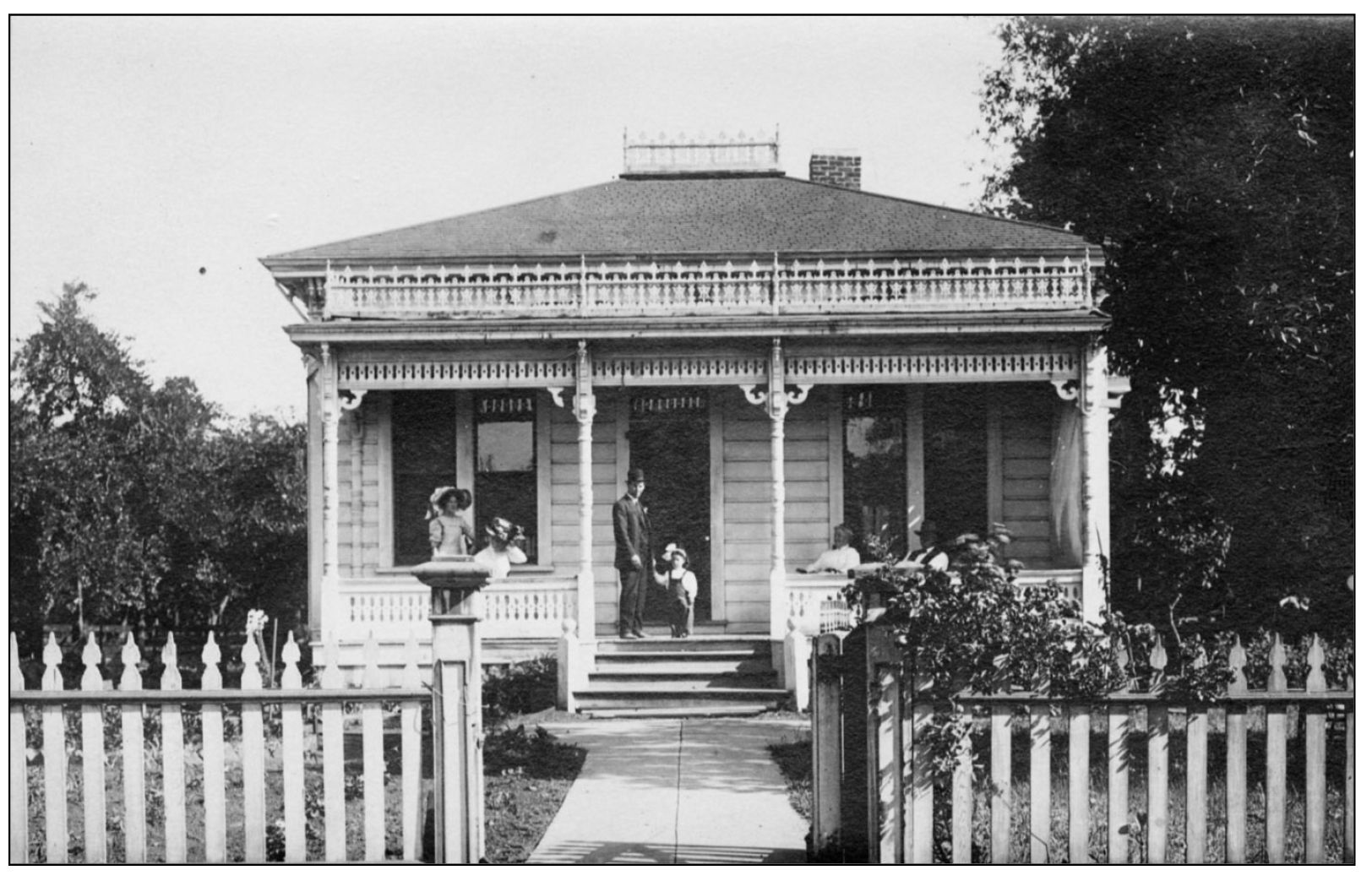
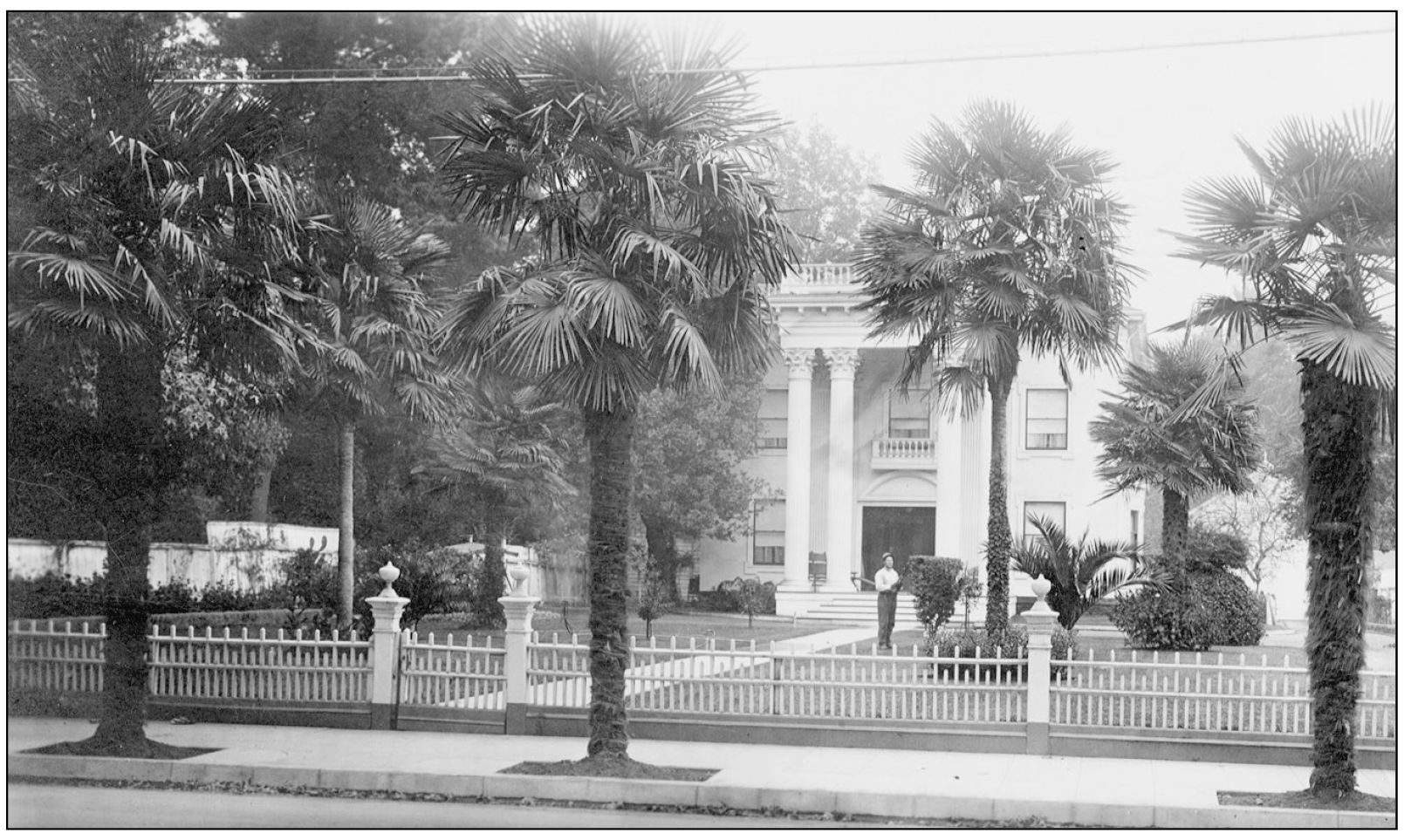
GRACE HOME, C. 1910. This stately home at 1116 Fourth Street belonged to Joseph Grace. It was built by Henry Kroncke with a public park beside it. Grace’s house was located where the Safeway store stands now on Fourth Street.

COMSTOCK HOME, C. 1910. Brainerd Jones designed this house in 1905 for local lawyer James Oates. Mrs. Nellie Comstock purchased the home in 1916 when Oates died. Her son, Judge Hilliard Comstock, and his family members owned the home at 767 Mendocino Avenue until 1991.
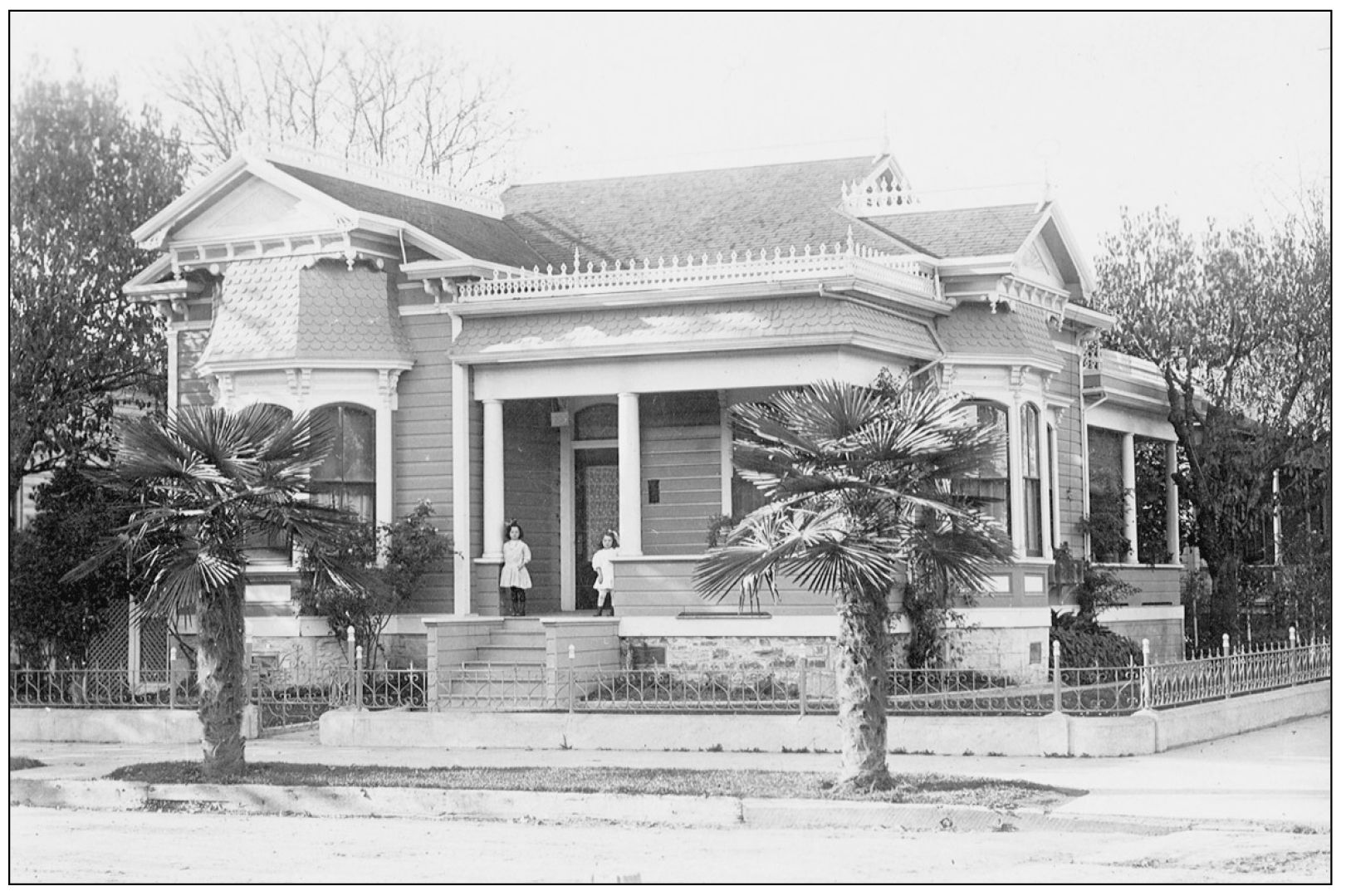
HOME, C. 1910. The home in this photocard, unfortunately unable to be identified, occupied a nice corner somewhere in downtown Santa Rosa.
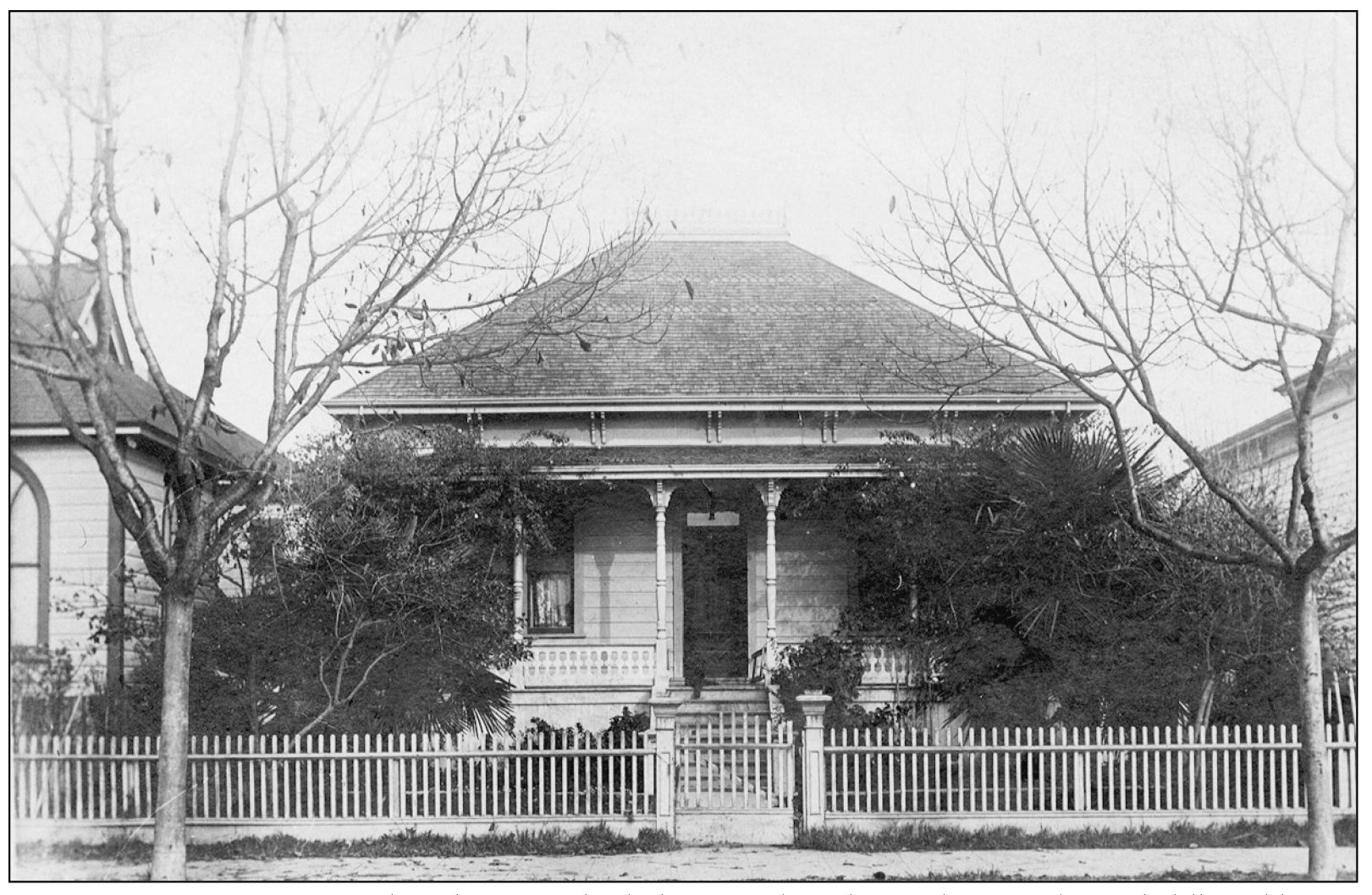
RIPLEY HOME, C. 1910. This charming little house is listed as Robert Ripley’s childhood home on Orchard Street—believe it or not!
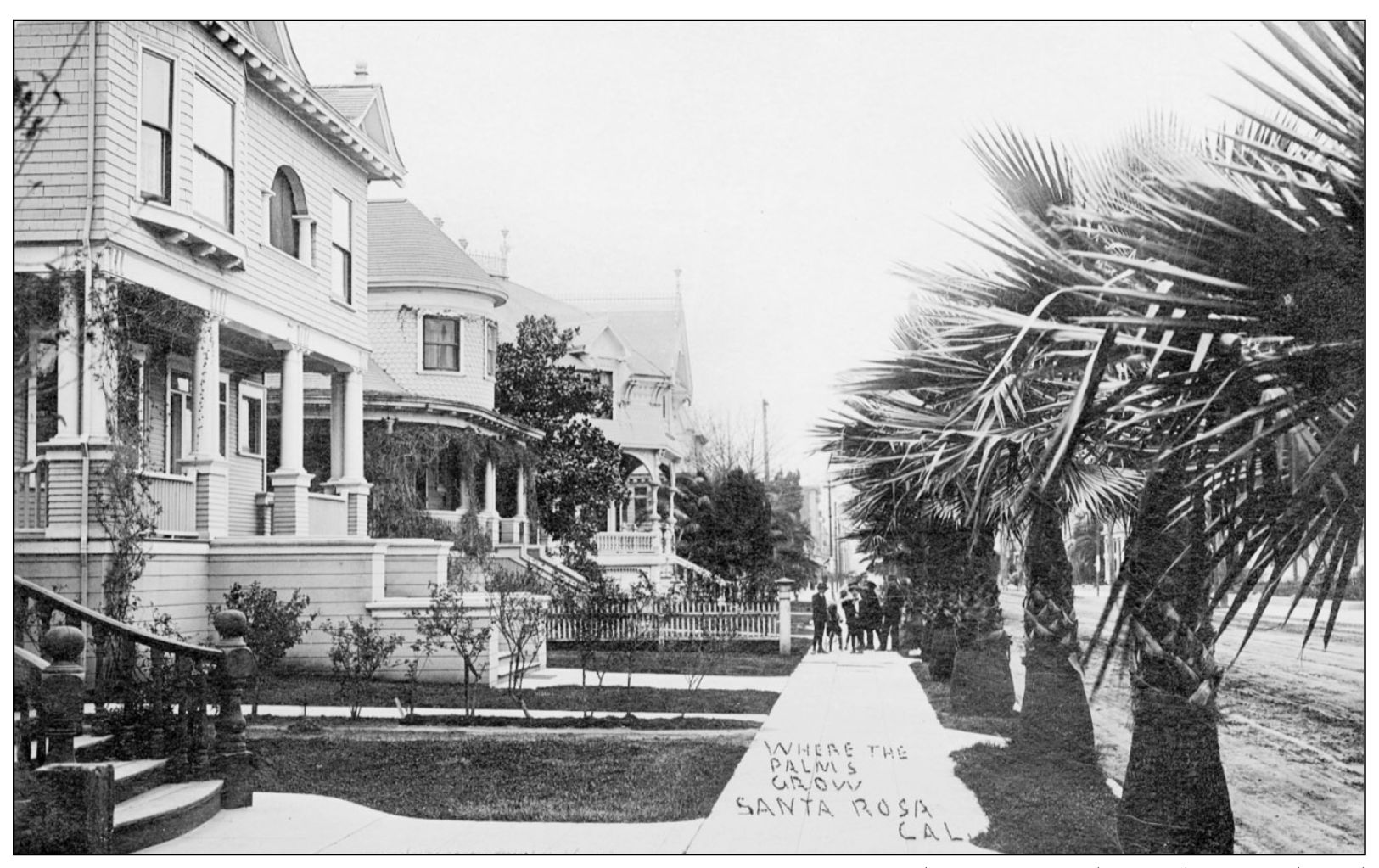
“WHERE THE PALMS GROW,” C. 1915. Can you imagine Fourth Street in the early years lined with palm trees? Streetcar tracks are visible in the center of the dirt street.

JOHNSTON AND BEAVER STREETS, C. 1915. This postcard publisher’s advertising card is unusual in that Johnston Street does not appear on any Santa Rosa map. This view was the corner of Johnson and Beaver Streets. Johnson Street is now Seventh Street.
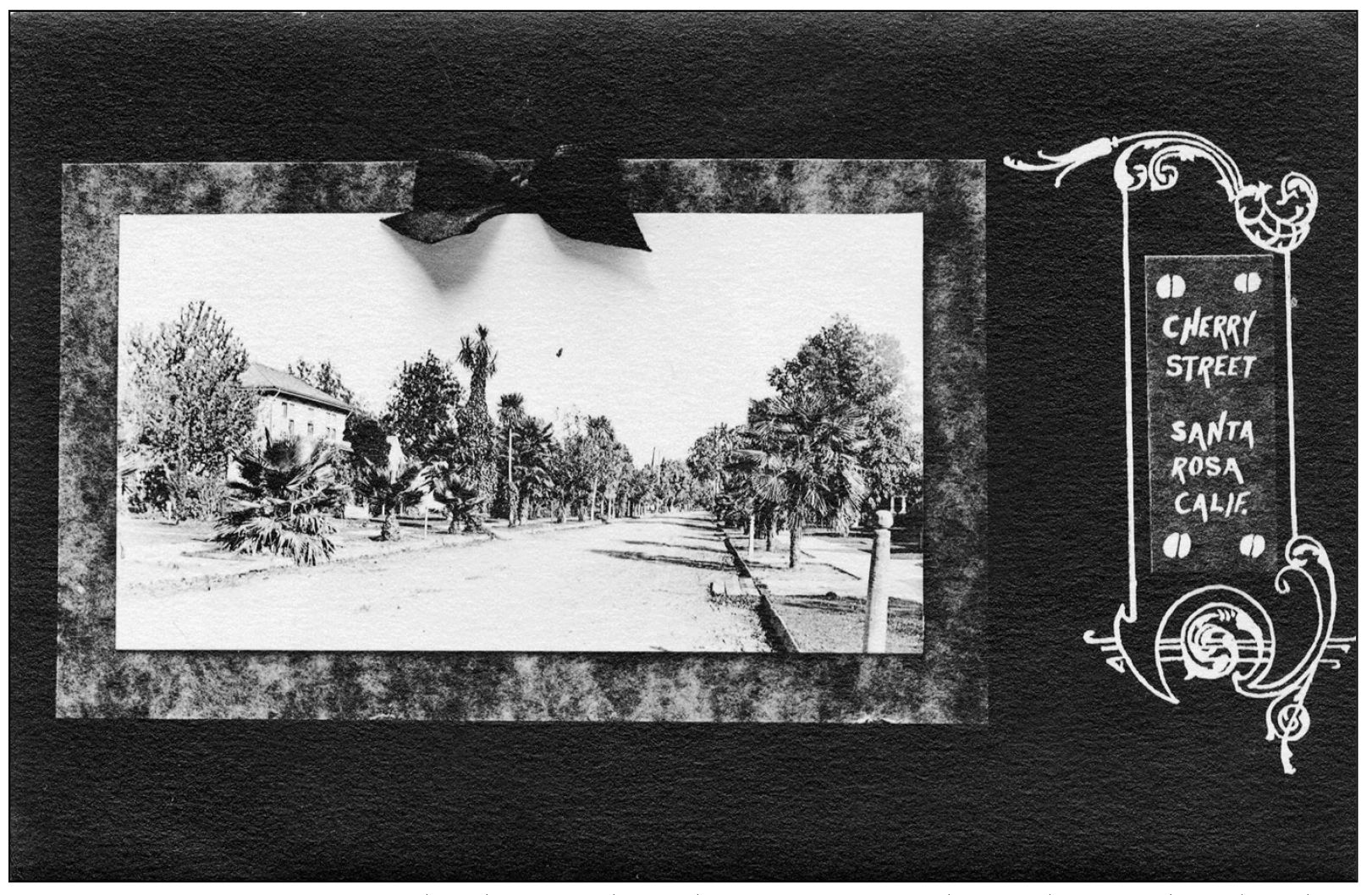
CHERRY STREET, C. 1915. The photograph on this 1930s postcard was taken much earlier than 1930. Cherry Street was and still is a beautiful area in our town.

RANCH HOUSE, C. 1925. This rural scene shows flowering trees bordering a Santa Rosa ranch house. Even the dog posed for the photographer.
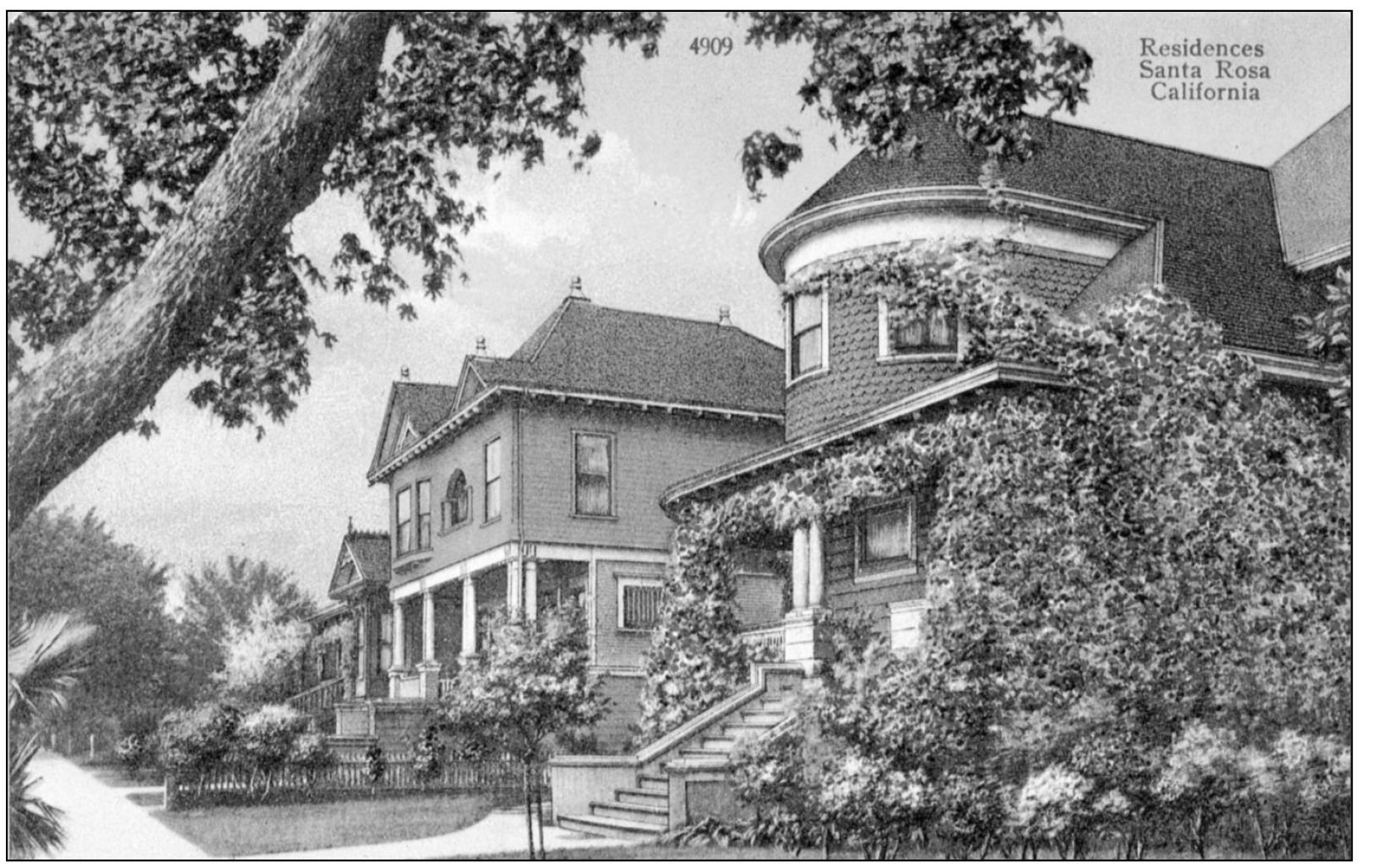
SANTA ROSA RESIDENCES, C. 1920. These stately homes were typical of many residential neighborhoods in Santa Rosa. This was part of a series of postcards entitled, “On the Road of a Thousand Wonders,” intended to promote the beauty of California.
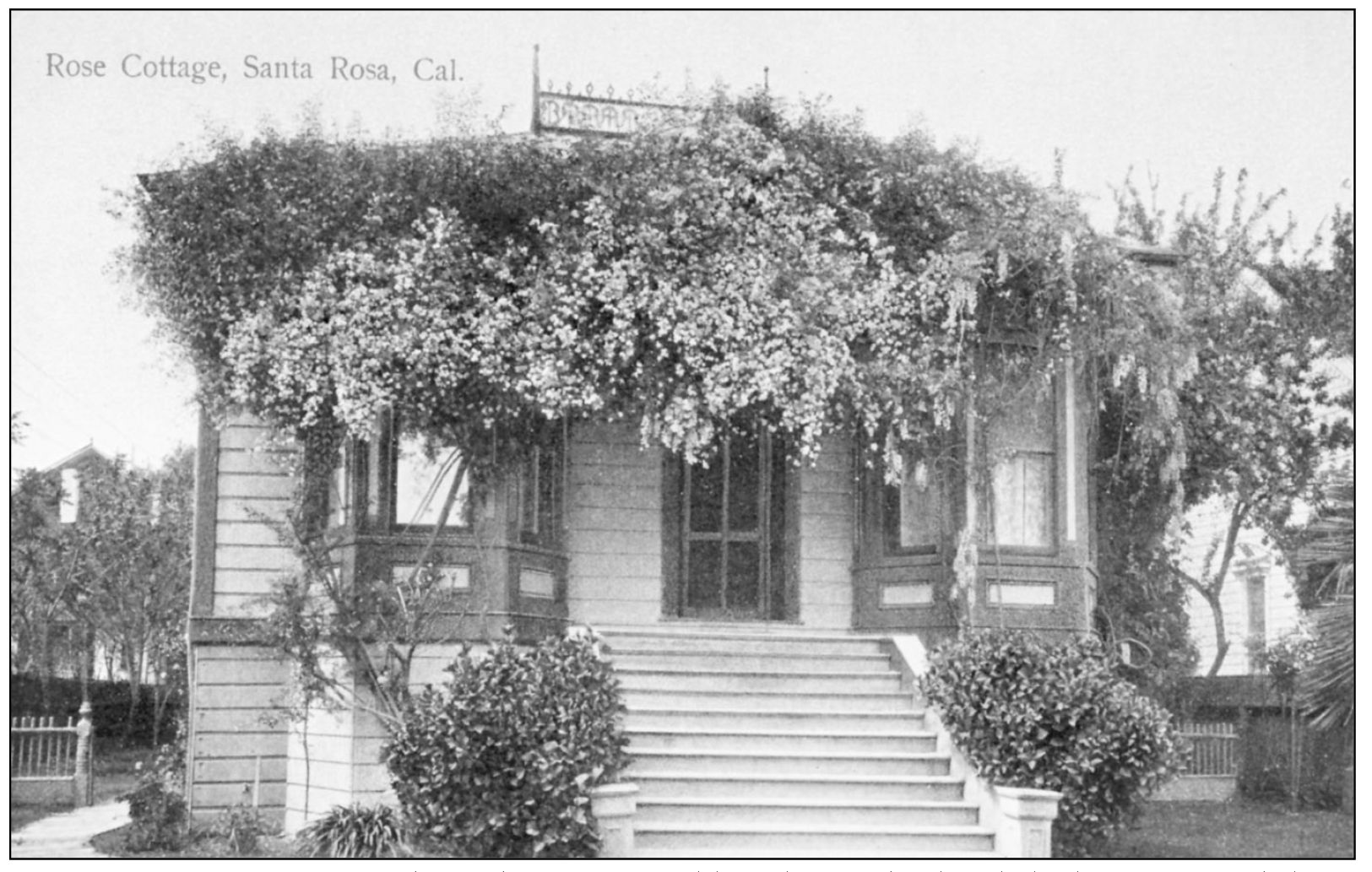
ROSE COTTAGE, C. 1920. The authors were unable to locate this lovely little cottage. While its garden was in bloom, this house presented a beautiful sight in the neighborhood, and must have been a gardener’s challenge too!

SATURDAY AFTERNOON CLUB, C. 1920. This club, still active today, was founded in 1894. It was built in 1908 at Tenth and B Streets and heavily remodeled in the 1940s.
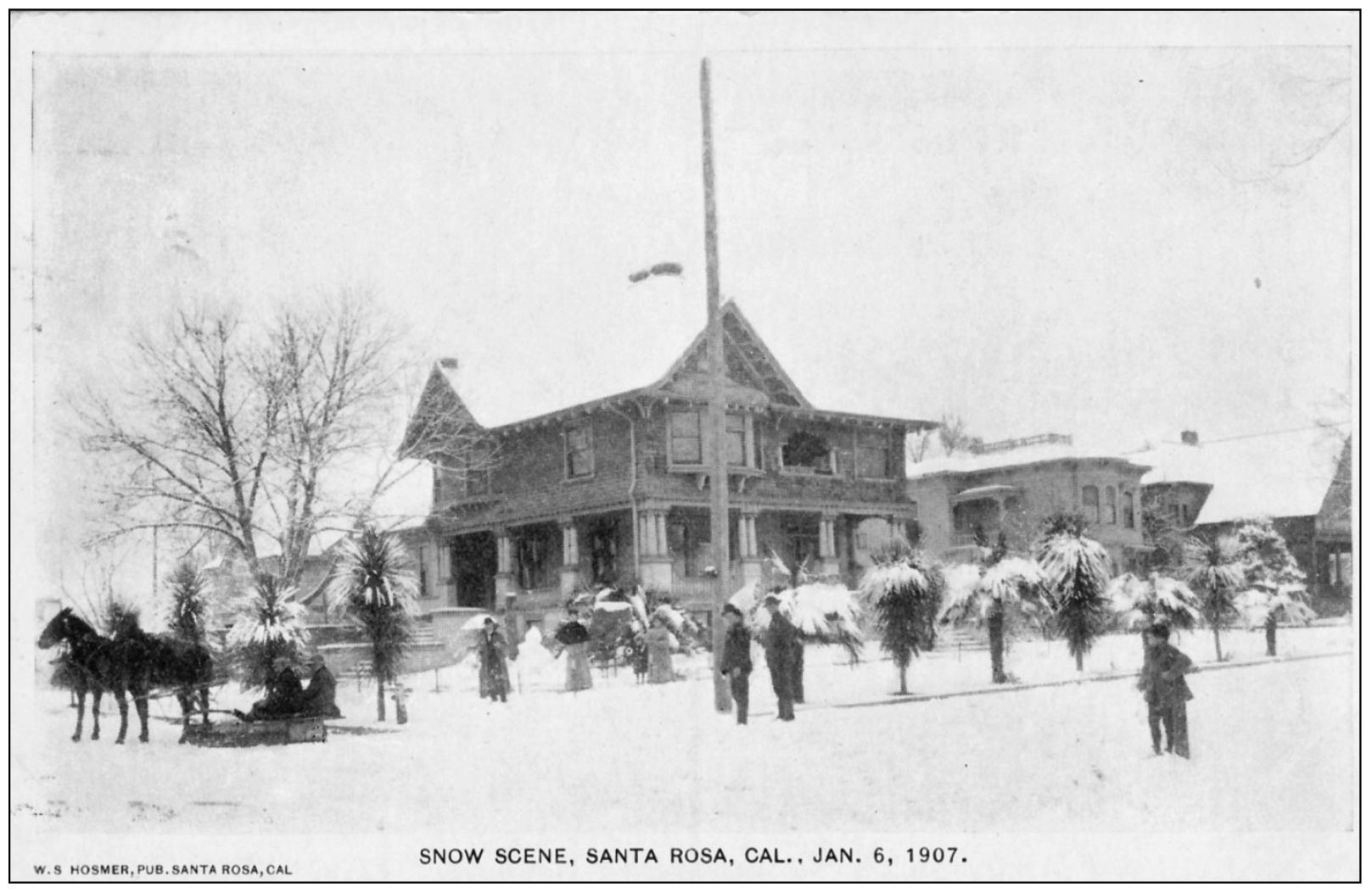
SNOW SCENE, 1907. On January 6, 1907, Santa Rosa experienced a real Midwestern type of snowstorm. In three hours, three to four inches of snow fell on the town. The Press Republican newspaper reported on January 8 that there had been numerous snowball fights in the downtown area.

MONTGOMERY VILLAGE, C. 1950. This promotional postcard was used by Codding Enterprises to advertise their new residential and shopping center area in Montgomery Village. In this postwar period, new affordable homes were in great demand, and builders and developers competed to attract the attention of potential buyers. This card was mailed to Pennsylvania in 1954 and reads, “the shopping center is different from any you have ever seen.”